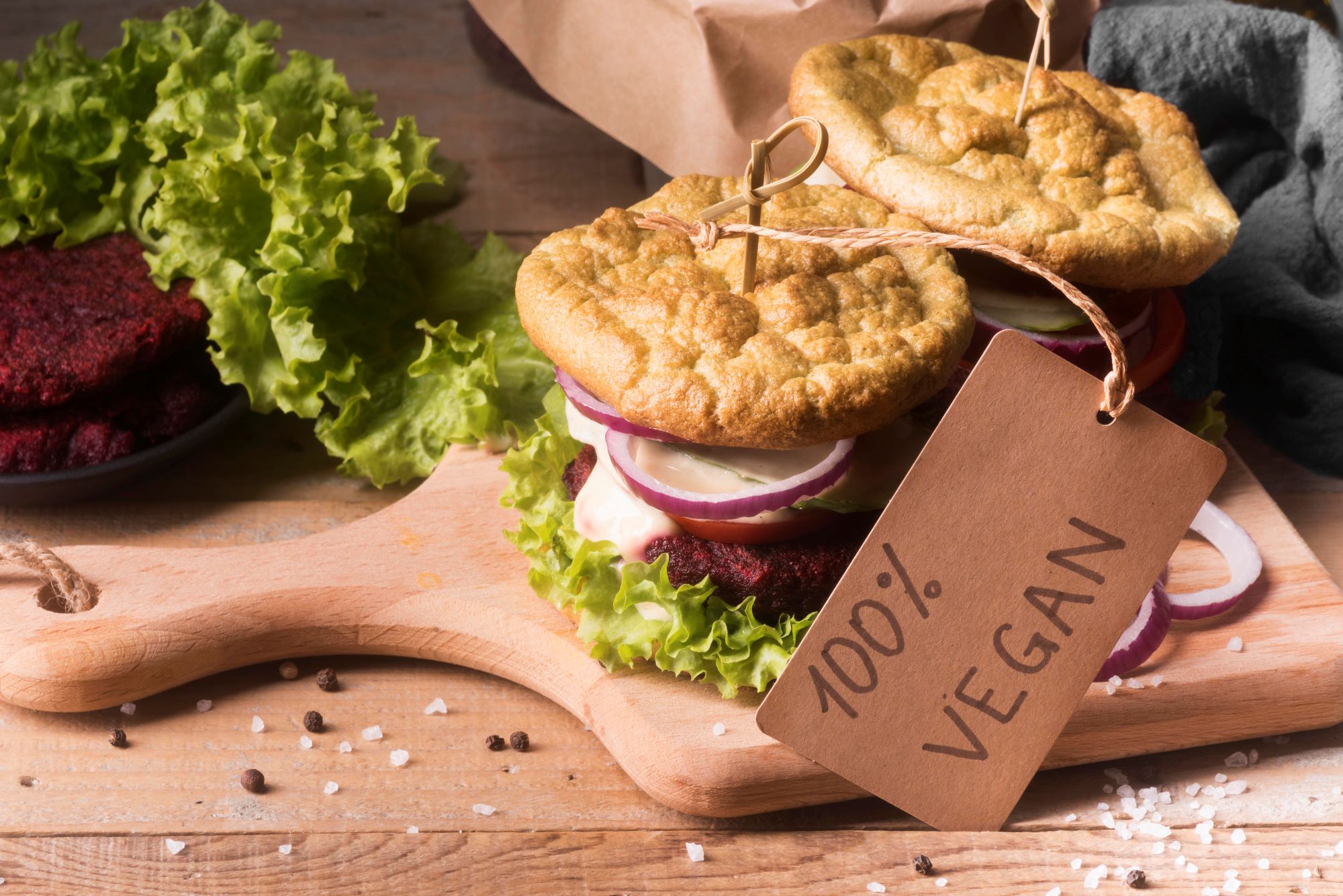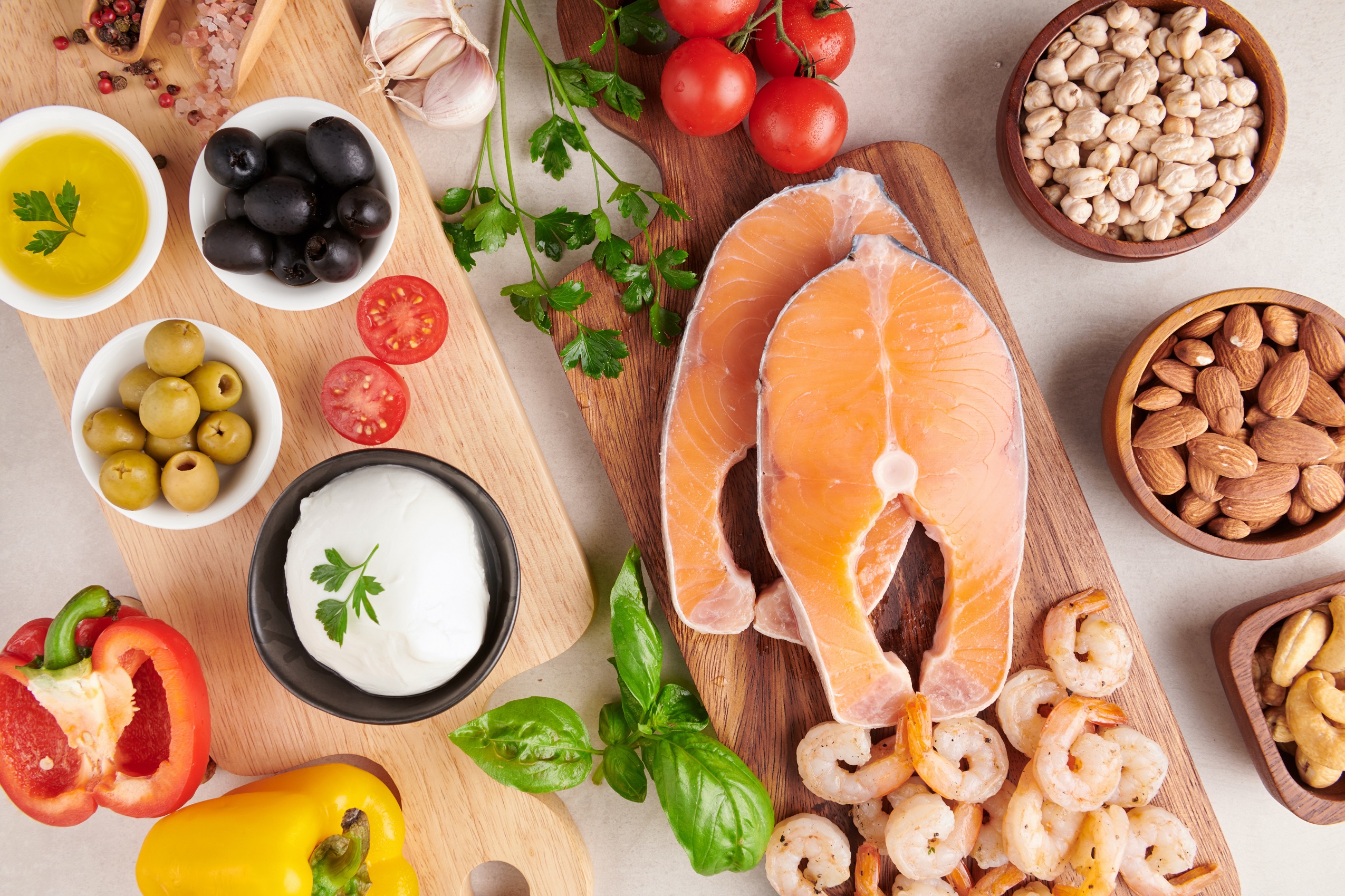It’s February, and love is in the air—as it evident by the displays of pink boxes of chocolate at the stores, candy hearts and bouquets of red roses. With Valentine’s Day sneaking up on us, it’s time to start thinking about what to get for your special someone. But as important as it is to show love for those we care about, it’s just as important that we remember to take care of the environment.
There’s a reason most people buy chocolate on Valentine’s Day: it’s delicious, sweet, and romantic, but chocolate often has a social and environmental cost that far exceeds its actual price tag. For several decades, the cocoa industry has been beset by serious issues around poverty, child labour and environmental destruction10.
Fortunately, we’re not asking you to give up chocolate for good—we’re not that cruel. Instead, you can look for chocolates with these attributes to help reduce its environmental impact.
1. Certification schemes and fair-trade chocolate
Wide publicity in mass-media around child labour has led to a huge increase in certification, the most popular being Rainforest Alliance, and then Fairtrade. Therefore, purchasing chocolate that has those certification label could help promote more sustainable cocoa growing and processing practices10.

The seal means that the certified product or ingredient was produced using methods that support the three pillars of sustainability: social, economic, and environmental. The standards focus on the following themes: forests, climate, human rights, livelihoods8.

Fairtrade is a system of certification that aims to ensure a set of standards are met in the production and supply of a product or ingredient. For farmers and workers, Fairtrade means workers’ rights, safer working conditions and fairer pay. For shoppers it means high quality, ethically produced products5.
2. Direct trade & single origin chocolate
“Direct trade” chocolate, also known as bean-to-bar chocolate, is a description of how the chocolate maker sourced their cacao. Rather than buy Fairtrade certified cacao at a premium, chocolate makers want to see for themselves how farmers process cacao and treat workers2. “Single origin” chocolate refers to chocolate made from cacao that has a single origin, single estate, and single type of cocoa bean. The selection of materials has reached an almost stringent level7.
3. Plant-based chocolate
Plant-based chocolate by its very nature does not use dairy milk thus it reduces the environmental challenges. Milk has been proven to have both a high carbon and water footprint due to how it’s produced. Vegan options generally lower the water and carbon footprint, especially for sustainable chocolate options6.
Plant-based chocolate – from niche to mainstream
It’s not surprising that consumers worldwide are embracing vegetarianism and veganism in record numbers. With a change in dietary attitudes and increasing safety concerns, the global plant-based food market is now estimated to be worth nearly US$77.8 billion by 20259.
With the rise of vegan consumers, it was only a matter of time before plant-based chocolate became more than a niche. Consumers’ expectations have changed: their desire to help the environment or animals is the primary reason for younger consumers in purchase sustainable chocolate products, beyond the dairy allergy or lactose intolerance. Yet, consumers are not ready to compromise on taste, it should be fulfilled particularly well with two main promises3:
- Products offering great taste and creaminess, that happen to be vegan/dairy-free
- Plant-based products offering a new taste experience
“Rice” to the romantic occasion
“Taste and texture” has been identified by BENEO as key to achieving repeat purchases. With vegan products, consumers are avoiding too much bitterness or an off-taste. When developing vegan chocolate, creaminess is important4. Enabling manufacturers to serve this demand, BENEO has extended its portfolio of specialty rice ingredients. BENEO’s Nutriz range consists of blends of dried rice syrup, rice flour and rice starch. With a light colour and neutral taste, this milk powder replacement is ideal for use in dairy-free chocolate. It enables the development of plant-based cocoa bars providing a nice taste, good snap, smooth mouthfeel and a good melting behaviour.
Rice has been proven particularly popular as an ingredient in the plant-based sector: BENEO’s research shows that 7 out of 10 flexitarians see rice as an appealing source for dairy alternatives. Using rice ingredients to develop plant-based chocolate can also be a viable solution to the demand for clean label products. Rice starch and rice flour score highly in this context: people perceive them as a natural and familiar cupboard ingredient, with 61% and 71% of consumers worldwide regarding rice starch and rice flour as natural, respectively1.
Valentine’s day with the planet in mind
Millions of cards and branded gifts, mugs, flower bouquets are exchanged globally on Valentine’s Day. This can result in deforestation and additional waste management issues. Valentine’s day is about celebrating love, whether that’s love for a partner, family member, or friend. There are many ways to do this sustainably, ethically, and with love for the Earth.
So, let’s make some small changes by giving your loved ones a sustainable chocolate as gift this year to appreciate our planet a little more. Thoughts are always important, and with a little twist and planning, simple action can warm your Valentines’ heart! Share the love on Valentine’s Day– with the planet! At DPO International, we are honoured to be in partnership with BENEO to bring you a range of ingredient choices that will elevate the quality of your confectionery product.
References
1Asia Food Journal. (2022). Striking the balance between health and indulgence with plant-based chocolate.
2Bar and Cocoa. (n.d.). What Is Fair Trade & Direct Trade Chocolate?
3Barry Callebaut. (n.d.). Examples of plant-based chocolate.
4de Jong, I. (2022). Beneo unveils vegan chocolate with tempered snap made from rice ingredients. Food Ingredients First.
5Fairtrade Foundation. (n.d.). What is fair trade?
6Frey, R. (2018). Can Chocolate Be Sustainable? New York University sustainablog.
7Livlivliv. (2020). 如何挑选一份可持续巧克力.
8Rainforest Alliance. (2020). What Does “Rainforest Alliance Certified” Mean?
9Statista. (2021). Value of the plant-based food market worldwide from 2020 to 2030(in billion U.S. dollars).
10Wexler, J. (2020). Ethical Chocolate. Ethical Consumer Research Association.







